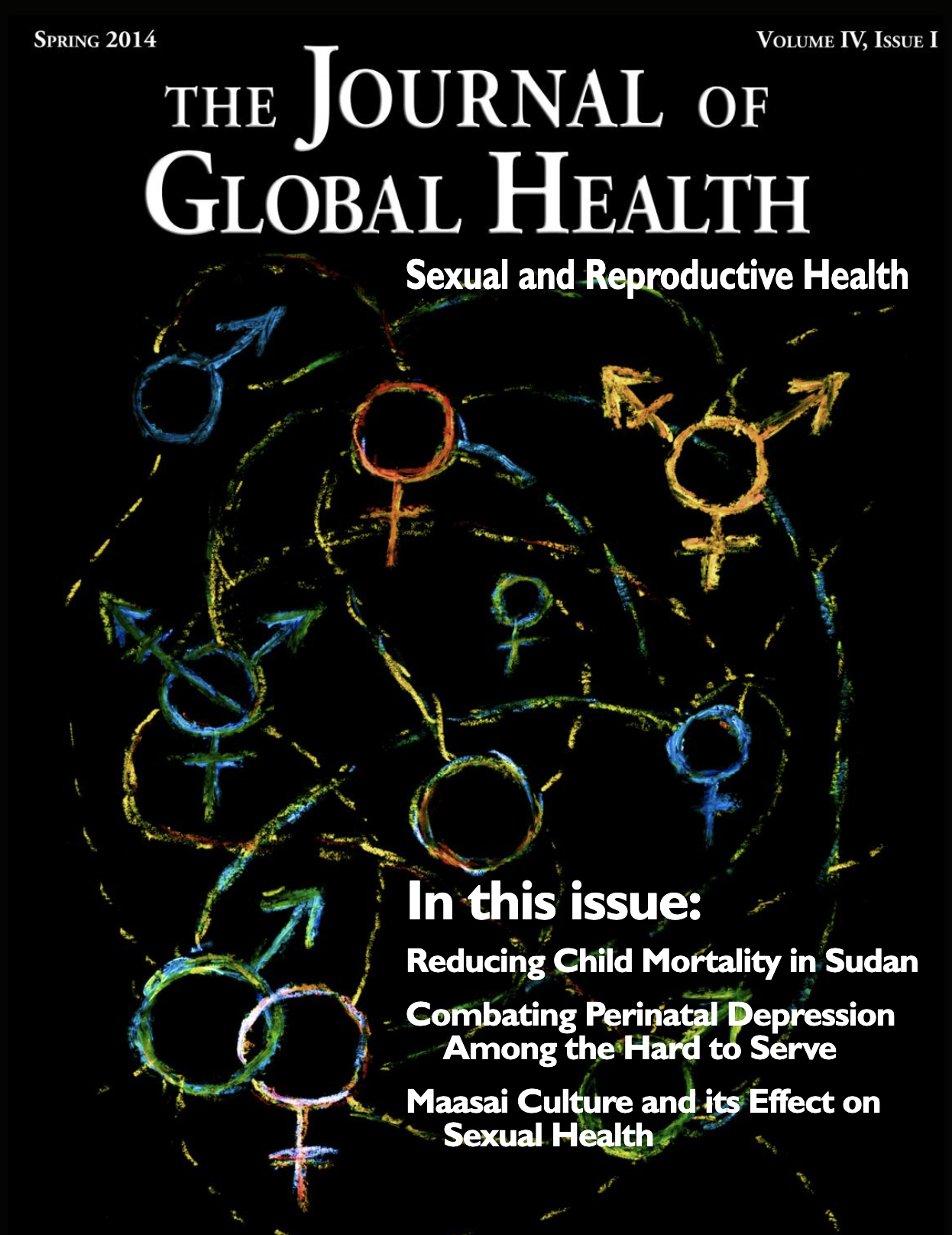Sheila Pakdamana, MS
Department of Global Medicine, University of Southern California, Los Angeles, CA, USA GOALS OF OUR RESEARCH HIV is a virus that destroys its hosts’ immune systems and significantly reduces quality of life, making AIDS—the resultant condition—responsible for 58.8 million disability-adjusted life years (DALYs) worldwide.2 In Sub–Saharan Africa, an estimated 22.1 million people currently live with HIV/AIDS, a number that is nearly 150% higher than that of any other region worldwide. Specifically in Kenya, 1.5 million people are infected with HIV/ AIDS.3 Women of 20–25 years of age comprise the demographic group with the highest rates of HIV infection (13%), while the highest rates for men are in the group aged 40 or older (13%).4 As this part of the world has the greatest number of people living with HIV/AIDS, action in this region must be prioritized in order to understand the cause of the problem and find solutions. The most prominent indigenous tribe of southern Kenya is the Maasai, a pastoral tribe that resides in the most rural region of the country. This Christian tribe, whose primary language is Maa, comprises 99% of Narok County, a district located near the Tanzanian border of Kenya. The goal of this field study was to assess the cultural needs, sexual health and education of the Maasai population of the Loita Hills (a province of Narok County) to be able to address the issue of HIV/AIDS in a culturally–sensitive manner. By conducting interviews with local students, tribal leaders, health professionals and school employees, we hoped to evaluate the efficiency of the current healthcare infrastructure of this area. Although knowledge of the existence of HIV and other sexually transmitted infections (STIs) exists within the Maasai community, the usage of condoms is reported at a meager rate of 15%.5 In the Maasai culture, semen has traditionally been viewed as beneficial to female health, though this view is gradually disappearing.5 In regards to pregnancy, a family is viewed to be more financially and socially well–off with a greater number of children.5 Since the usage of contraception lowers the chances of pregnancy, condom use is subsequently reduced. The benefits of condom usage are also not widely recognized because knowledge of STIs is minimal within this community and sex education is not openly provided for younger children. Thus, well–implemented sex education programs could play a significant role in reducing STI transmission rates among the Maasai by increasing condom use and encouraging other preventative measures. There are several HIV/AIDS prevention programs currently active in Kenya, ranging from those of non-governmental organizations (NGOs) to government efforts, and including the USAIDs, International Medical Corps and Avert Kenya. But even though such programs exist, rural villages do not benefit from them as much as major cities due to unequal funding, lack of resources and underdeveloped infrastructure.3,6,7 By acquiring a deeper understanding of the underlying causes of sexually transmitted infections within this population, it may be possible to formulate and implement a culturally sensitive means of reducing STI prevalence. METHODS This interview-based study was conducted in the South Narok District of Kenya where large populations of Maasai reside. Locations that were assessed include the villages of Ilkerin and Entesekera as well as the city of Narok, as they are the most populous areas of the district. To evaluate the relationship dynamics and sexual practices of the Maasai youth, 80 primary school students at Ilkerin- Loita Boarding Primary School and 80 secondary school students from Loita High School were interviewed. This participant demographic was specifically selected because school-aged non-students were not available to participate due to familial obligations. In an attempt to reduce bias, an even number of males and females were selected as well as an equal number of students from each age group. Field Notes Kenya has been greatly impacted by sexually transmitted infections, particularly HIV
Beina Azadgoli, MS
Department of Global Medicine, University of Southern California, Los Angeles, CA, USA

